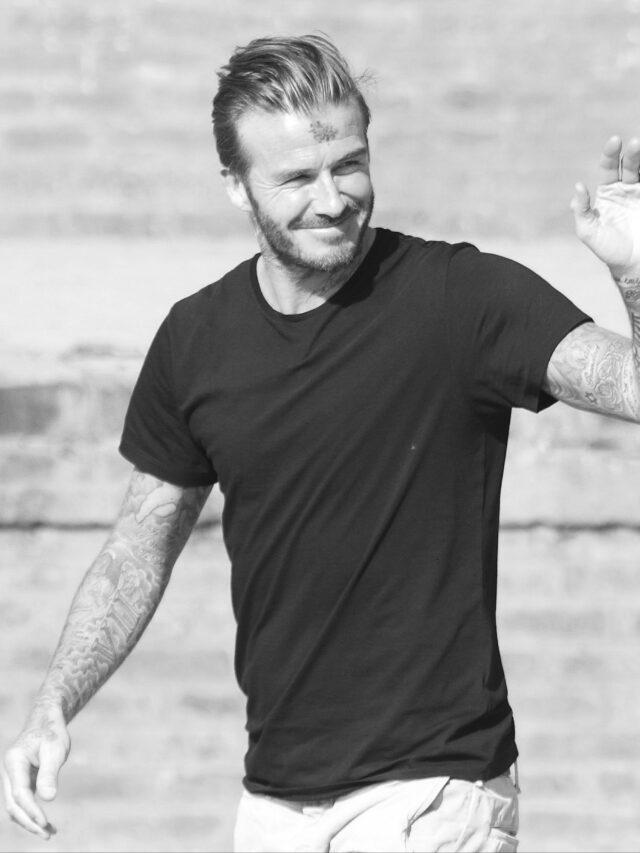How to prepare for trekking in Nepal?
- Home
- How to prepare for trekking in Nepal?
More Information
Medical Preparation Checklist
Even if you don’t typically prioritize your health, we strongly recommend consulting your doctor and pharmacist before traveling to Nepal. This is because the medical facilities and medications you are accustomed to in your home country may not be readily available in Nepal.
In Nepal, you may not find the exact brand of medication you rely on for your medical conditions. To ensure your well-being, we advise you to create a list of essential medicines and medical supplies and discuss it with your healthcare professionals.
It’s crucial to consult with your doctor regarding medications needed during your trek, which may include aspirin for pain and fever, flu tablets, multivitamins for extended journeys, antihistamines for allergies, antibiotics (especially if venturing off the beaten path), anti-inflammatories for muscle pain, diarrhea medication, nausea and vomiting remedies, rehydration solutions to prevent dehydration, insect repellent, sunscreen, lip balm, eye drops, antifungal cream, bandages, adhesive band-aids, water purification tablets, scissors, tweezers, a thermometer, and sterile kits (in case you require injections in regions with limited medical hygiene).
Additionally, it’s advisable to ensure you are properly vaccinated before your Nepal visit, although the risk of serious illnesses is minimal.
Prepare by bringing a few passport-size photos and cash in Nepali Rupees for visa applications, which you’ll need at Tribhuvan International Airport or immigration checkpoints along the Nepali borders.
Furthermore, consider obtaining necessary trekking gear. While you can purchase or rent most items in Kathmandu, the quality may not match that of equipment available in your home country.
Depending on your planned activities and the season of your travel, you should bring essential gear such as appropriate footwear and clothing. The specific gear requirements will vary depending on your chosen trek.
Equipment Checklist
While the specific gear you need may vary based on the trekking season and package, here are some general guidelines to assist you in packing:
Clothing:
- Trekking boots
- Warm hat and scarf
- Gloves
- Waterproof jacket
- Umbrella
- Trousers
- Running shoes
- Sandals or flip-flops
- Shorts
- Thermal underwear
- Sunhat
- Fleece jacket
- 2 or 3 T-shirts
- Long-sleeved shirt with a collar
Equipment:
- Backpack
- Sleeping bag and silk liner
- Water bottle
- Torch (flashlight)
- Spare batteries
- Duffle bag
Miscellaneous Items:
- Toiletries
- Quick-drying camp towel
- Toilet paper
- Cigarette lighter
- Sunscreen
- Polarizing sunglasses
- Pocket knife
- Iodine
- Water purification tablets
- Medical and first aid kit
- Insect repellent
- Emergency kit (including a whistle and waterproof matches)
- Candle
For High-Altitude Areas Above 4,000 m: If you plan to trek at high altitudes, consider bringing additional gear like thermal underwear, a woolen hat, gloves, gaiters, and a down jacket or vest.
Optional Equipment:
- Camera
- Memory card and battery charger
- Spare batteries
- Binoculars
- Backpack cover
Frequently Asked Questions
A challenging trek will require a great deal of strength, perseverance, and determination. To successfully finish a tough trail, you will need to be both mentally and physically strong. Reduce your stress levels, prepare for basic living conditions, start having a balanced and healthy diet.
The best time to visit Nepal is between October and December, when the skies are a clear blue and the views spectacular. The weather remains dry until about April, with temperatures varying between regions. January and February can be very cold, especially at night, with average temperatures of 43°F in Namche Bazaar.
Whether you are visiting during the winter or summer, comes down to your own personal choice and preferences. No matter when you choose, there are still three different seasons in Nepal. Summers are long and most mountainous areas are open for trekking and mountain climbing.
The best months to visit Nepal are September through November and February to May when there is much less rain than at other times of the year.
June to September is the best time of the year to visit mustang to see the vegetation of Himalayan arid plateau. Upper Mustang lies in rain shadow area of Himalayas that is quite magnificent during monsoon season.
The best times of year for an Everest Base Camp trek are March to May, or mid September to November. These seasons don’t have the massive snow dumps of winter, nor do they have monsoonal rains of summer.
The best times of year for an Everest Base Camp trek are March to May, or mid September to November. These seasons don’t have the massive snow dumps of winter, nor do they have monsoonal rains of summer.

David Beckham

Kamal Aryal

Jack Dorsey
Planning a Trip?
Our team of travel professionals has accumulated over two decades of experience in this industry. Connect with us to begin your journey.
